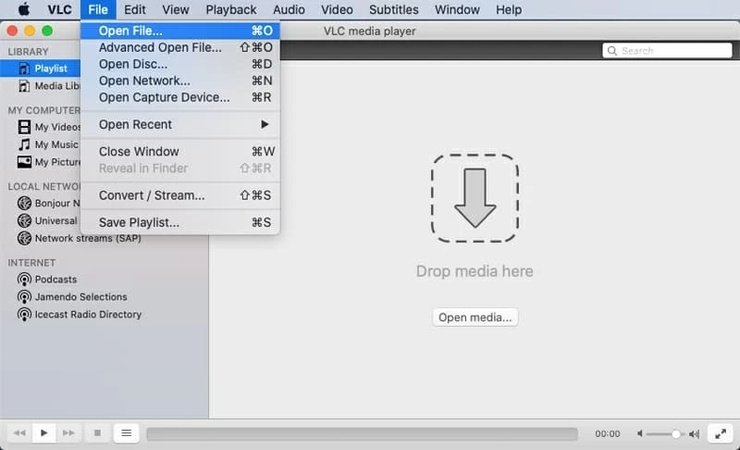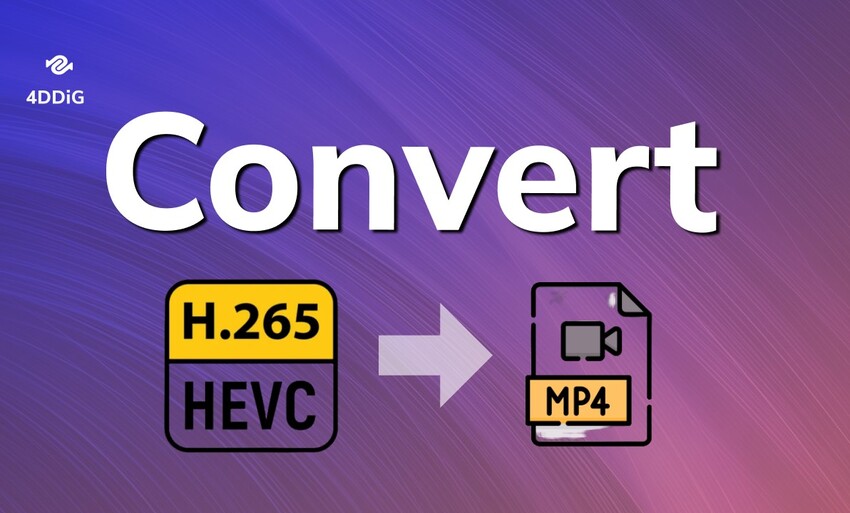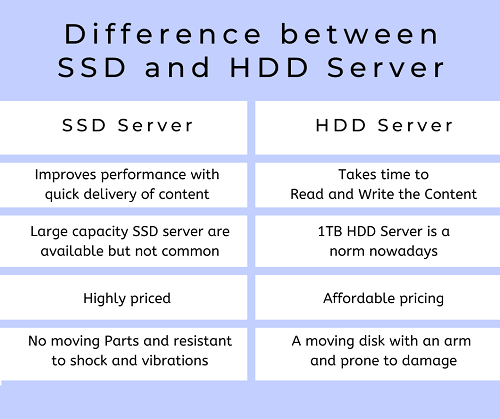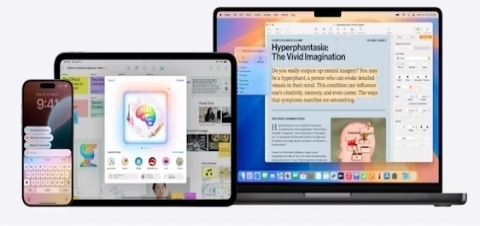HEVC vs H264: Which Is Better for Quality, File Size, Compression & More
When choosing a video codec, one of the biggest debates in digital media is HEVC vs H264. Many creators, streamers and everyday users often ask: Is HEVC better than H264? The answer depends on video quality, file size, compatibility and the devices you’re using.
This article will explore the differences in detail, explain when to use each and how to convert HEVC to H264 if needed. We’ll also cover how to fix corrupted files using 4DDiG Video Repair so your media always stays accessible.
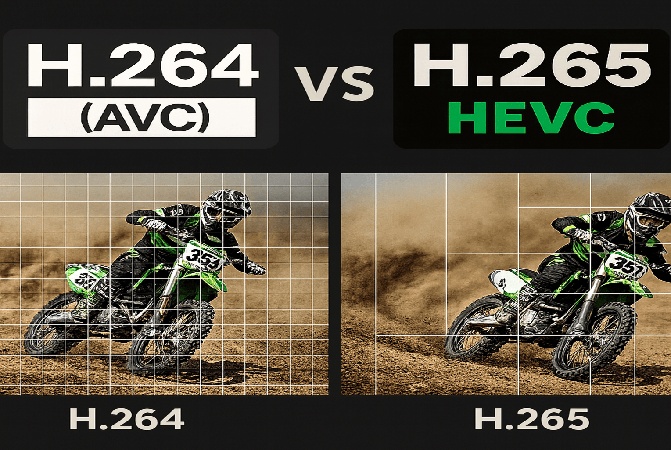
Part 1: What Are HEVC and H264?
What Is HEVC?
HEVC (High Efficiency Video Coding), also known as H.265, is the successor to H.264. It was designed to improve video compression efficiency to store and stream 4K UHD, HDR and even 8K content at lower bitrates. The codec can achieve up to 50% smaller file size compared to H.264 with similar or better video quality. HEVC is used in modern applications like Netflix, 4K Blu-rays, DJI drones and high-end video streaming platforms.
What Is H.264?
H.264 (Advanced Video Coding or AVC) is the industry standard codec introduced earlier and still widely used today. It supports up to 4K resolution but requires more bandwidth for the same quality. The biggest advantage of H.264 is its compatibility with almost every device, platform and video player. This makes it the go-to option for older devices, video conferencing and platforms that prioritise accessibility.
☞ You May Also Like: Xvid vs H.264: Key Differences, Quality & Best Codec Recently
Part 2. Head-to-Head Comparison of H264 vs HEVC
Choosing between the two codecs often boils down to performance, storage efficiency and compatibility. So what is the difference between HEVC and H264? Let’s break it into key aspects that affect real-world use.
1. H264 vs HEVC Video Quality
- HEVC better picture quality at the same bitrate. Optimized for UHD and HDR, good for 4K/8K streaming.
- H.264 is good quality but requires almost double the bitrate to match HEVC results.
Example: A 1080p stream with H.264 might require 10 Mbps, while HEVC achieves the same at 5 Mbps.
2. HEVC vs H264 File Size
One of the biggest differences is file size efficiency.
- H.264: Larger files. A 1GB H.264 video might stay close to that size even with optimization.
- HEVC: Cuts file size by almost 50% without quality loss. The same video might only be ~500MB in HEVC.
This makes HEVC great for 4K streaming, mobile storage or drone footage, like DJI Action 4 HEVC vs H264. HEVC files will be smaller and more manageable for long shoots.
3. HEVC vs H264: Supported Video Formats
Both codecs work within popular containers like MP4, MKV, MOV, AVI. The main difference is compatibility:
- MP4 H.264: Supported by all devices and platforms.
- MP4 HEVC vs MP4 H264: HEVC MP4 might not open on older players, TVs or editing software. Modern players (like VLC, Windows 10/11 Movies & TV app, QuickTime) handle HEVC well. See more: Top 11 Best HEVC Players for Windows/Android/Linux/iPhone/Mac.
So if you prioritize maximum compatibility, H.264 wins. But for smaller files with the same quality, HEVC is the better option.
4. H264 vs HEVC: Compatible Devices
Compatibility is where H.264 still has an edge.
- H.264: Supported by over 90% of devices, from smartphones to TVs, including legacy hardware.
- HEVC: Supported by fewer devices (Apple iPhones/iPads, Android 5.0+, Windows 10, macOS High Sierra+). Adoption is growing but still limited compared to H.264.
Special case: dji action 4 HEVC vs H264 while HEVC saves space and boosts quality for drone recordings, editing software may have better support for H.264.
5. H264 vs HEVC for Streaming Platforms
When it comes to streaming, efficiency and compatibility both matter.
- H.264: Used by YouTube, Twitch, Facebook Live because it’s supported by all.
- HEVC: Used for 4K Netflix streams, VR setups, low-latency environments like cloud gaming or H264 vs HEVC virtual desktop applications.
Streaming providers will transcode your uploads but uploading in HEVC will give you higher quality after compression.
Quick Comparison Table: HEVC vs H264
- Feature
- H.264 (AVC)
- H.265 (HEVC)
- Macroblocks (16x16)
- Coding Tree Units (up to 64x64)
- Video Quality
- Great for HD, struggles at 4K/8K
- Superior at lower bitrates (4K/8K ready)
- File Size
- Larger, ~2x more space
- ~50% smaller with same quality
- Supported Formats
- MP4, MKV, AVI, MOV
- MP4, MKV, AVI, MOV (may face limits on old devices)
- Device Compatibility
- Almost universal (old & new devices)
- Mostly modern devices, less universal
- Streaming Use Case
- YouTube, Instagram, legacy systems
- Netflix 4K, VR streaming, pro workflow
Part 3: How to Convert HEVC to H264 on Android/iPhone/Desktop
Sometimes you’ll need to convert HEVC to H264 because of device incompatibility or editing software limitations. Here are three options.
1. Convert HEVC to H.264 Using FFmpeg (Desktop)
- Work on: Windows, macOS, Linux
- Best for: Advanced users on Windows, macOS, or Linux who want full control over conversion settings.
FFmpeg is one of the most powerful open-source video conversion tools out there. It doesn’t have a GUI but supports extensive customization with command-line options. With GPU acceleration from Nvidia, Intel or AMD, FFmpeg can convert even 4K/8K HEVC videos to H.264 efficiently.
Features:
- Convert between various video/audio formats (H.265 to H.264 and more).
- Customize video settings: aspect ratio, resolution, bitrate, codec, audio volume.
- Compress videos to get similar file size after conversion.
- Advanced editing options: crop, trim, merge, split, add subtitles, rotate, zoom, change playback speed, preview.
How to use FFmpeg:
Download and install FFmpeg from its official website.
Open the command prompt (Windows) or terminal (macOS/Linux).
-
Run a command such as ffmpeg -i input.mp4 -c:v libx264 -crf 18 -c:a copy output.mp4
-
FFmpeg will process and create an H.264 file with minimal quality loss.
2. Use HEVC to H.264 Converter Online Free
-
Works on: All browsers
-
Best for: Quick conversions when you don’t want to install extra apps.

If you don’t want to install software, Restream is a free web-based solution. Restream's HEVC to MP4 converter is a free, browser-based tool for converting HEVC (H.265) files to MP4 format. It requires minimal effort, allowing users to upload files by clicking "Choose File" or dragging and dropping, then converting and downloading the MP4.
Features:
- Free to use
- Browser-based, no software installation needed
- Supports HEVC (H.265) to MP4 conversion
- Compatible with popular devices and platforms (e.g., YouTube, Instagram, VLC)
Steps:
Choose a HEVC file by clicking "Choose File" or drag and drop it into the converter.
Select "Convert" to start processing.
Download the converted MP4 file when ready.
3. Convert HEVC to H.264 Using HandBrake (Desktop)
-
Supported OS: Windows 10 or later, macOS 10.13 or later
-
Best for: Users who prefer a GUI-based tool with some advanced customization.

Another popular option is HandBrake, a free and open-source video transcoder. It’s famous for ripping DVDs and converting videos to MP4 or MKV using H.264 or H.265 codecs. While powerful, its interface and settings can be overwhelming for beginners and output quality may not always match professional tools.
Features:
- Accepts H.265/HEVC input from single files, folders or DVDs.
- Converts HEVC to H.264, MPEG-4 or MPEG-2 in MP4/MKV containers.
- Rips non-protected DVDs quickly to MP4 or MKV.
- Offers many customization options for video, audio and image settings.
Steps:
-
Download and install the latest version (1.6.1) from the official website.
-
Launch the software and click “Source” to load your HEVC file(s).
-
Click “Browse” button under Destination tab to choose a folder for the converted video.
-
Select MP4 as the container under Output Settings, then choose H.264 (x264) as the codec.
Hit “Start Encode” to begin the conversion.
Bonus: How to Fix Corrupted Videos Due to HEVC to H264 Conversion
Converting videos from HEVC (H.265) to H.264 is common for ensuring compatibility across devices, editing software and media players. However, during this process, videos may sometimes become corrupted, unplayable, choppy, or lose audio sync. Fortunately, 4DDiG Video Repair is here to help.
The tool is designed to repair corrupted or unplayable videos caused by encoding issues like HEVC to H.264 conversion. It supports many formats, including MP4, MKV, AVI, MOV, etc. And it works on various devices like cameras, drones, USB drives, SD cards, and laptops.
Secure Download
Secure Download
Features of 4DDiG Video Repair
- Repair any video issue by fixing choppy jerky playback, and blurry, pixelated, frozen or unplayable videos
- Resolve common playback errors such as 0xc00d36c4, 102630, 232011, etc
- Fix sound and video mismatches for perfect audio-video sync
- Use AI to detect problematic videos and apply Advanced Repair mode.
- Work with many formats
- Batch repair to fix multiple videos at once
- Preview repaired videos before saving to confirm quality
- High-speed and advanced repair with options for deeply corrupted files
Steps to Repair Videos with 4DDiG
-
Open 4DDiG File Repair, select “Video Repair”, and click “Add Videos”. Import one or multiple corrupted videos affected by HEVC to H.264 conversion.

-
Click the “Repair All” button to begin. The software will automatically analyze and repair your files.

-
Once the process is complete, click “Preview” to check the results. Ensure playback, audio sync, and clarity are fixed.

-
Finally, click “Save” or “Save All” to export your repaired videos to a secure location on your computer.

People Also Ask about HEVC vs H264
Q1: Which one is better for Instagram and YouTube: HEVC or H264?
H.264 is safer since both platforms support it. But HEVC gives smaller uploads with the same quality if your device supports it.
Q2: Which one is better for GoPro video compression: HEVC vs H264?
For storage-saving, HEVC is better. But for quick editing and compatibility, H.264 is often the easier choice.
Q3: Does HEVC reduce quality?
No. HEVC preserves quality at lower bitrates. Compared to H264, HEVC gives equal or better quality with smaller files.
Q4: Which one is better for TikTok: HEVC or H264?
TikTok favors compatibility, so H.264 may be safer. But if your device records in HEVC and TikTok supports it, you’ll save storage space.
Q5: Should I use HEVC or not?
If you’re editing professionally or sharing widely, stick with H264 for now. If storage and future-proofing matters more, go with HEVC.
Conclusion
When it comes to HEVC vs H264, the choice depends on your needs. H264 offers universal compatibility, so it’s the safer option for broad sharing. HEVC is however more efficient, smaller file size and better quality, so it’s the future of video streaming. If you encounter corrupted files while converting from HEVC file to H264, use 4DDiG Video Repair to fix your videos quickly and easily. Whether you’re a professional content creator or casual user, choose the right codec and repair tool to make your videos look their best.
Secure Download
Secure Download
💡 Summarize with AI:
You May Also Like
- Home >>
- Video Tips >>
- HEVC vs H264: Which Is Better for Quality, File Size, Compression & More
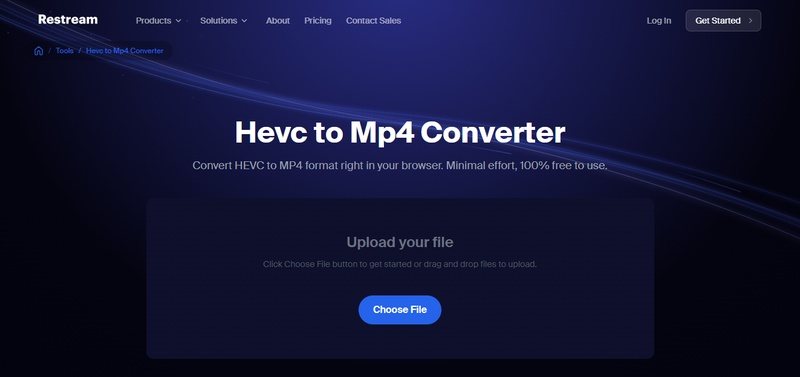
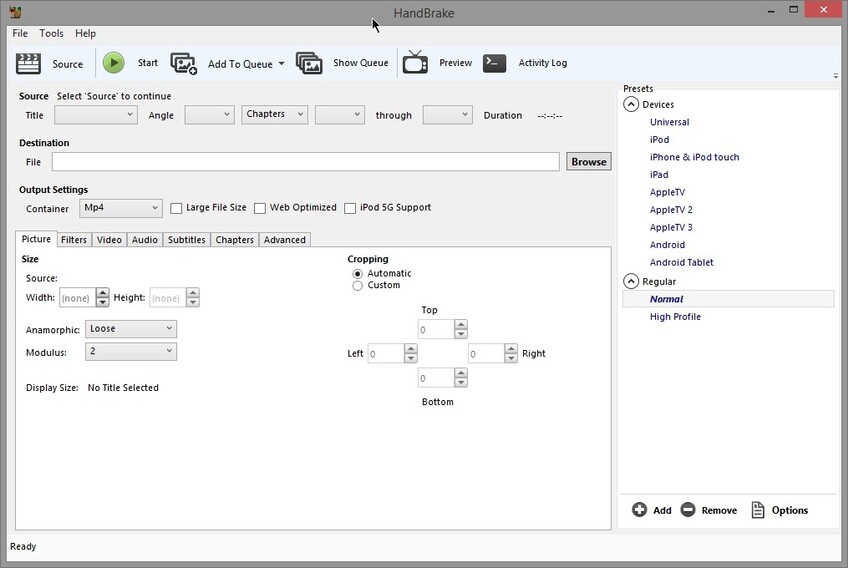



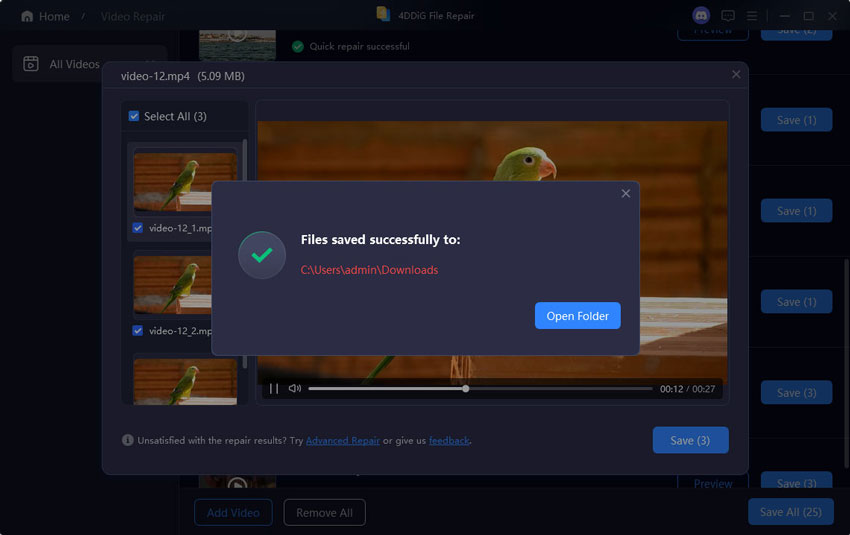
 ChatGPT
ChatGPT
 Perplexity
Perplexity
 Google AI Mode
Google AI Mode
 Grok
Grok

